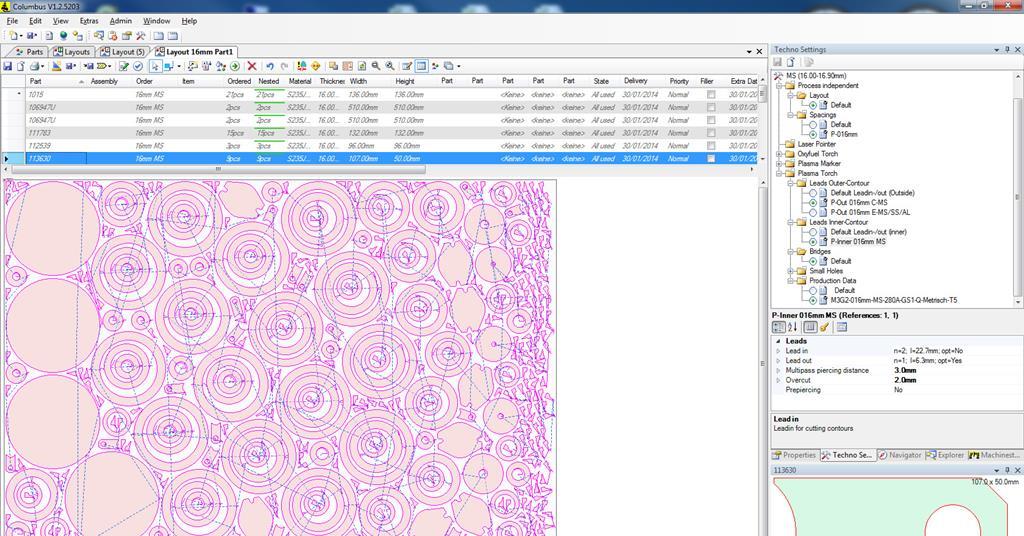

As with other “Computer-Aided” technologies, CAM does not eliminate the need for skilled professionals such as manufacturing engineers, NC programmers, or machinists. Traditionally, CAM has been considered a numerical control (NC) programming tool, wherein two-dimensional (2-D) or three-dimensional (3-D) models of components are generated in CAD.

CAM is used in many schools alongside Computer-Aided Design (CAD) to create objects.Ĭhrome-cobalt disc with crowns for dental implants, manufactured using WorkNC CAM ĬAM is now a system used in schools and lower educational purposes.ĬAM is a subsequent computer-aided process after computer-aided design (CAD) and sometimes computer-aided engineering (CAE), as the model generated in CAD and verified in CAE can be input into CAM software, which then controls the machine tool. Its primary purpose is to create a faster production process and components and tooling with more precise dimensions and material consistency, which in some cases, uses only the required amount of raw material (thus minimizing waste), while simultaneously reducing energy consumption. This is not the only definition for CAM, but it is the most common CAM may also refer to the use of a computer to assist in all operations of a manufacturing plant, including planning, management, transportation and storage. Computer-aided manufacturing ( CAM) also known as Computer-aided Modeling or Computer-aided Machining is the use of software to control machine tools and related ones in the manufacturing of work pieces.


 0 kommentar(er)
0 kommentar(er)
